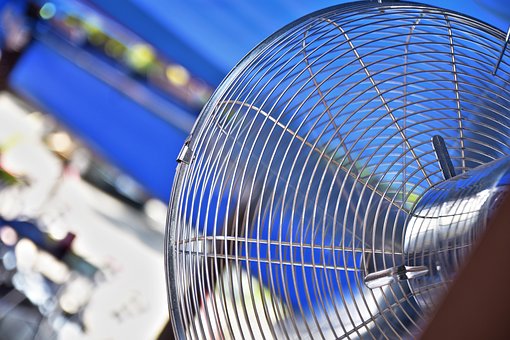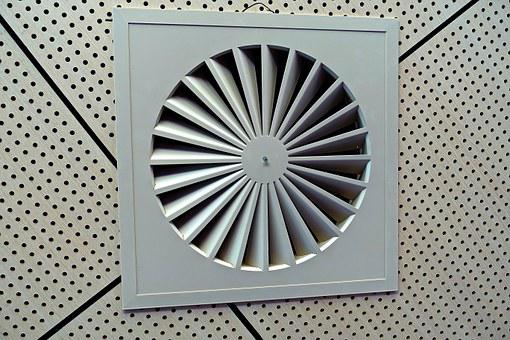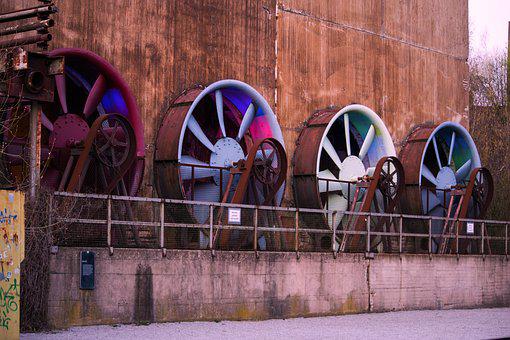What is Indoor Air Quality? It refers to the quality of air around and within structures and buildings, especially concerning the comfort and health of building occupants. It is vital to control and understand the common pollutants of indoor air quality to help reduce the risks of indoor health concerns. It is important to keep indoor air clean to safeguard your long-term health. That said, here are some of the top ways to maintain indoor air quality.
Air Vents and How They Keep Indoor Air Clean
Central air units are essential for cooling your home. It is the easiest way to circulate warm and cool air in your house through air vents. Air vents play a crucial role in your air system, so they need to be put right area and places for optimal usage.
Different vent types could be installed in your home for better air circulation. Certified technicians can locate the exact place for putting your vents for proper ventilation.
You could opt for magnetic vent covers for better results. They are the best because:
- They redirect airflow to the parts of the rooms where it is most needed
- It securely and easily attaches to metal registers
- It seals the record magnetically, preventing air from passing through the closed vents
- For a perfect fit, they can be trimmed with scissors.
Magnetic vent covers save a lot of energy, cutting your office or home’s cooling and heating costs. They work best by sealing off the air registers in the rooms that you are not currently using. A cover sticks to the vent and restricts the flow of forced air while directing it where it is needed the most.
Always Keep Your Vents Clean

A clean house is healthier since good indoor hygiene cuts down heavily on dust and carbon dioxide. As you clean your vents, you need to concentrate on the strategies that reduce the accumulation of mold and dust in your home. Keep your focus on the following areas:
- Vacuum the area rugs and carpets at least once or twice a week within a vacuum cleaner equipped with a HEPA filter. Instead of wall-to-wall carpeting, try the hard-surface flooring to reduce allergens in your home.
- Clear the clutter since it holds and traps dust that could trigger a reaction
- Regularly clean the drapes, bedding, and other items that attract allergens, especially if you have a pet.
Let your greenery stay outdoors.
As much as indoor plants are pretty looking, especially in your home, they have a huge potential to foster mold growth. Therefore, if you find indoor allergens a problem, you will have to avoid them. Some plants are known to trigger an allergy in some people as much as others are touted to boost indoor air quality. Therefore, be careful with the plants you plant in your house. More importantly, it is prudent to have your plants mostly outdoors instead of indoors.
Regularly change your filters.

You have to change your air filters regularly, especially if you have a forced-air heating system. Electrostatic filters ensure that dust and airborne irritants are trapped instead of recirculated all over your home. Additionally, you need to ensure that you have clean ducts to remove any dust that could be trapped.
Use air purifiers
Air purifiers will save you from indoor allergens you are allergic to, especially if you cannot control their source. The air purifier devices are put in the areas of your house that are commonly used. Ionic purifiers help capture a lot of irritants that could trigger your symptoms. The air purifiers will help cut down on allergens if not rid them completely. Additionally, damp areas will also require dehumidifiers. For instance, dehumidifiers in basements will prevent the growth of molds. Bathrooms are also another potential source of mold growth. They need to be well ventilated, including scrubbing off any visible mold which could have accumulated on fixtures, the shower, or walls.
Allow Fresh Air in

Open windows regularly, even in the coldest months, to allow fresh air to enter the house. Additionally, you need to move the potential air contaminants out using fans in the kitchen to get rid of cooking fumes. Always let air flow into your home to offer a simple and cost-free manner of improving the quality of air in your home. Only ensure that the outdoor air is clean and low in pollen. There are a lot more areas where air enters your house. For instance, you could have air gushing in from the tiny spaces around doors. However, ensure that the air channeling into your living space through vents does not add to the problem. Therefore, even as earlier mentioned, do the following:
- Change out any filters in your cooling and heating systems in your home regularly.
- Ensure that any air ducts in your home are unobstructed and clean because dust could build up over a while
- Check out filters in appliances that allow air into your home while you change them according to your manufacturer’s instructions.
Final Thought
Many different factors can significantly impact air quality in your living space. They can also be a great contributor to a wide range of both long-term and short-term health effects. If you have worries about indoor air pollution, you need to test your indoor air quality. If the air quality wants, you could then apply the above measures.
